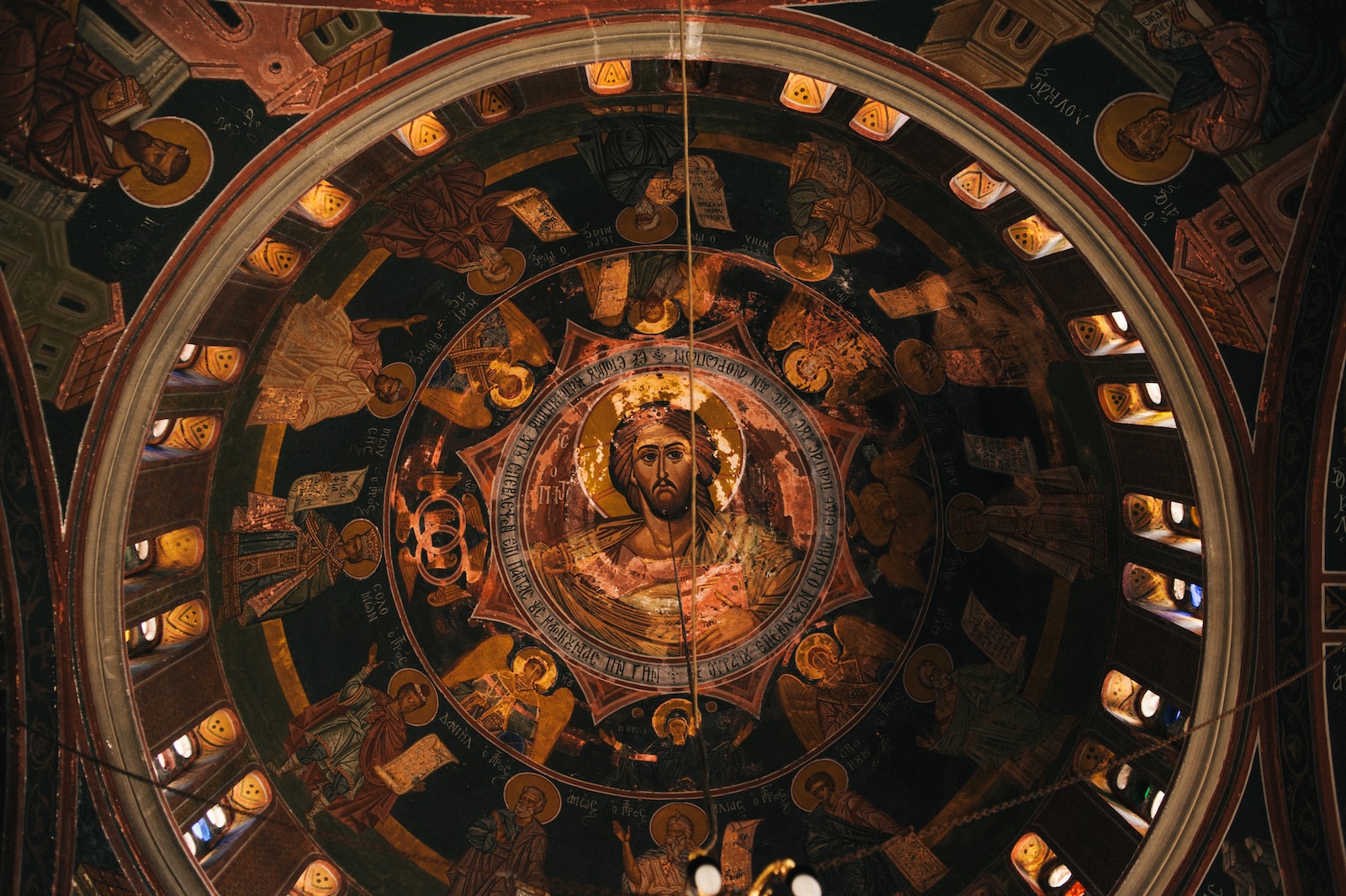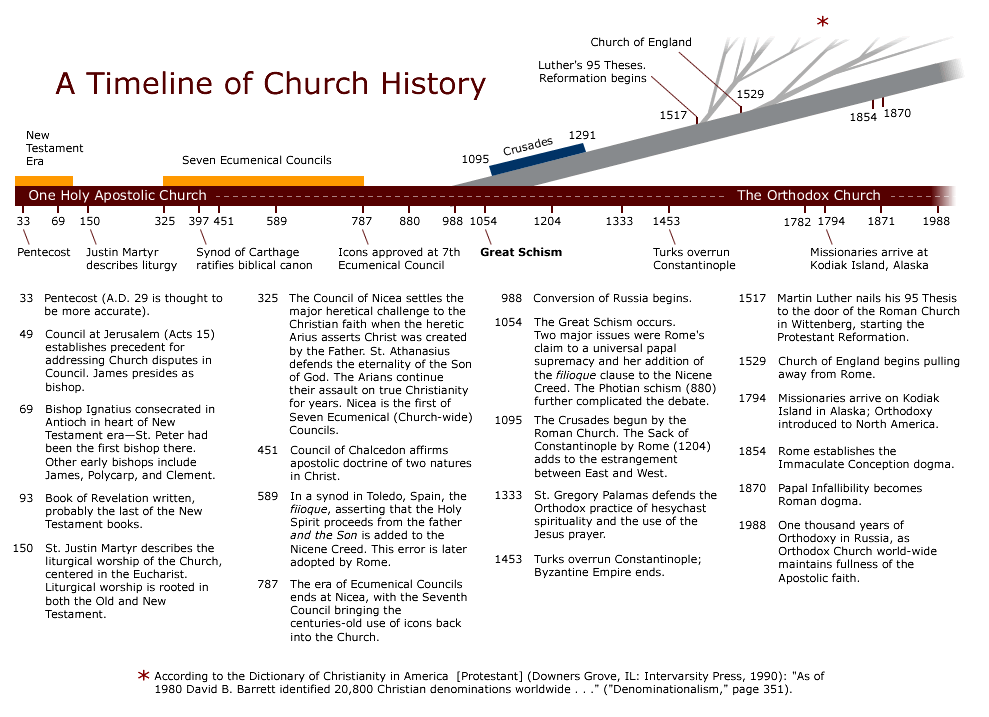
What is Orthodox Christianity?
The Orthodox Christian Faith is the saving faith in Jesus Christ as the Son of God, sent by the grace of God to offer forgiveness of sins, eternal life, and communion with God for those who repent and believe.
The Orthodox Church is the Church founded by Jesus Christ. Throughout the ages this Church has maintained a continuity of faith and love with the apostolic community which was founded by Christ and sustained by the Holy Spirit. Orthodoxy believes that she has preserved and taught the historic Christian Faith, free from error and distortion, from the time of the Apostles and still today.
From the day of Pentecost, Orthodox faithful have “continued steadfastly in the apostles’ doctrine, in the fellowship, in the breaking of the bread, and in the prayers” (Acts 2:42).
There are several good resources online to learn about the teachings of Orthodox Christianity:
What on earth is the Orthodox Church?
A quick overview on the Orthodox Church and its relationship to Roman Catholic and Protestant churches.
Basic Teachings and Frequently Asked Questions
This webpage is a great place to start – make sure to scroll to the Frequently Asked Questions section.
Orthodox Christianity 101: Finding The Church Jesus Built
The first few videos in this series offer a helpful overview of the early church, how it developed, what it believed, and how the Orthodox Church is that same church today.
What does Orthodox mean?
A brief introduction to the doctrine, worship and values of the Orthodox Church.
The Orthodox Church is the authentic continuation of the Church founded by Jesus Christ upon His apostles. From the day of Pentecost, Orthodox faithful have “continued steadfastly in the apostles’ doctrine, in the fellowship, in the breaking of the bread, and in the prayers” (Acts 2:42).
No. These churches share much in common in belief and history but there are important differences between them. Below are some ways to explore key theological differences:
10 Differences Between the Orthodox and Catholic Churches
The Papal Claims
This article does a very good job of laying out the history of how the early church operated (as a communion of local churches), how it understood the role of the bishop of Rome, and how it interpreted Peter’s role as chief of the apostles.
The apostles, instructed by Jesus Christ and guided into all truth by the Holy Spirit, spread the Gospel message throughout the world. Each local church community that formed maintained a communion of love, belief, and practice with the others. False teachings, heresies, arose – even in the time of the apostles – and those who followed these heresies were excluded from communion with the Christian churches.
Each local church had a bishop to oversee and guide it, and these bishops frequently met together in councils to confirm each other in the faith and to oppose heresies. They did not issue new teachings but rather clarified how and why each heresy contradicted the true faith passed down from the apostles.
Over many years Christians in Western Europe and those in the eastern Roman Empire, Asia, and Africa began to grow apart. They stopped speaking each other’s languages (Latin in the west and Greek in the east) and lost touch with each other. In the 800s and especially after the year 1000, when they began to encounter each other again they noticed differences.
Most importantly among these differences, the bishop of Rome (ie, the pope) was attempting to exercise new authority over all Christians throughout the world, claiming to be the leader over and above all other bishops. The churches in the east, which had not been in close contact with the Church of Rome for some time, denied these new claims to authority over them. The faith handed down to these Christians from the beginning did not include this role of supreme bishop ruling over the others.
A split occurred in the year 1054 AD when representatives of the bishop of Rome excommunicated (cut off or expelled) the Christians of the east because they would not conform to the Roman practices. In the years that followed attempts were made by Christians of the west and east to repair the divide between them but without success.
Until this time, Christians in the east and west had viewed each other as equal members of the one Church of Jesus Christ. But with the split the Roman Catholic Church was formed as the distinct group of Christians in Western Europe that accepted the growing claims of authority and power centralized in the bishop of Rome.
The Christians that did not accept these claims continued practicing and passing down the faith as it had been taught to them. These Christians are known as Orthodox (orthodox meaning “right belief” and “right glory”).
Here are some good church history resources:
The Orthodox Church: A Brief History
Short and sweet overview.
History of the Orthodox Church
A longer, more detailed historical overview.
The Schisms: A Tale of a Family
This 6 minute video attempts to explain the great schism through the metaphor of a family.
Christian Conflicts, East and West: A View from the East
This hour-long video looks at Church history from roughly 800 to 1300.
Chieti Document
This document is a brief, joint statement by the Catholic Church and Orthodox Church that provides some agreed upon details about how the early church developed and operated.
No. The Protestant Reformation started in 1517 in Europe and resulted in new Protestant churches emerging out of the Roman Catholic Church. The Orthodox Church, which had existed from the beginning, did not then have a presence in Western Europe, was uninvolved and largely unaffected by the creation of Protestant churches.
There are Orthodox Churches throughout the United States! Ready to visit one?
Search for a Church: Interactive Map
12 Things I Wish I’d Known Before Visiting
A humorous walk overview of some things you’ll notice when you visit a church.
Each local Orthodox Church is the Orthodox Church, sharing the same faith and practice. Administratively, each individual church is part of what are called autocephalous or autonomous churches. Examples include the Greek Orthodox, Russian Orthodox, Antiochian Orthodox, Orthodox Church in America, etc. These terms reflect how the local churches are organized administratively. Each of these churches governs itself, electing its own bishops and organizing its life.
Each of these churches has exactly the same doctrine, discipline and spiritual practices. They use the same Bible, follow the same canon laws, confess the authority of the same Church Councils and worship using the same liturgy.
The communion in faith and practice is what unites all Orthodox Churches together into one world-wide body. There is no one dominating authority in the Orthodox Church, no particular bishop or pope over all the churches.
After the Council of Chalcedon in 451 AD a number of autocephalous churches broke from the Orthodox Church. These churches still exist today and are called the Oriental Orthodox. While holding much in common with the Orthodox Church they are not in communion with the Orthodox Church. God willing, someday they will be.
The term Oriental Orthodox generally applies to the Coptic Orthodox Church of Alexandria, the Syriac Orthodox Church of Antioch (Jacobite Syrian Christian Church), the Armenian Apostolic Church, the Malankara Orthodox Syrian Church, the Ethiopian Orthodox Tewahedo Church, and the Eritrean Orthodox Tewahedo Church.

